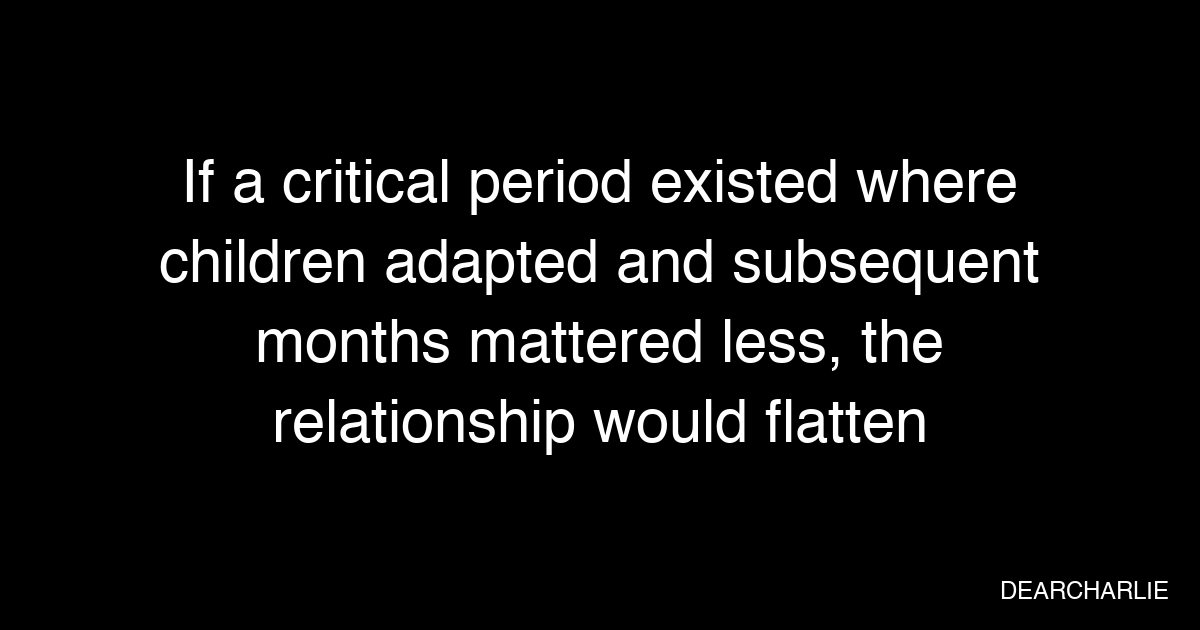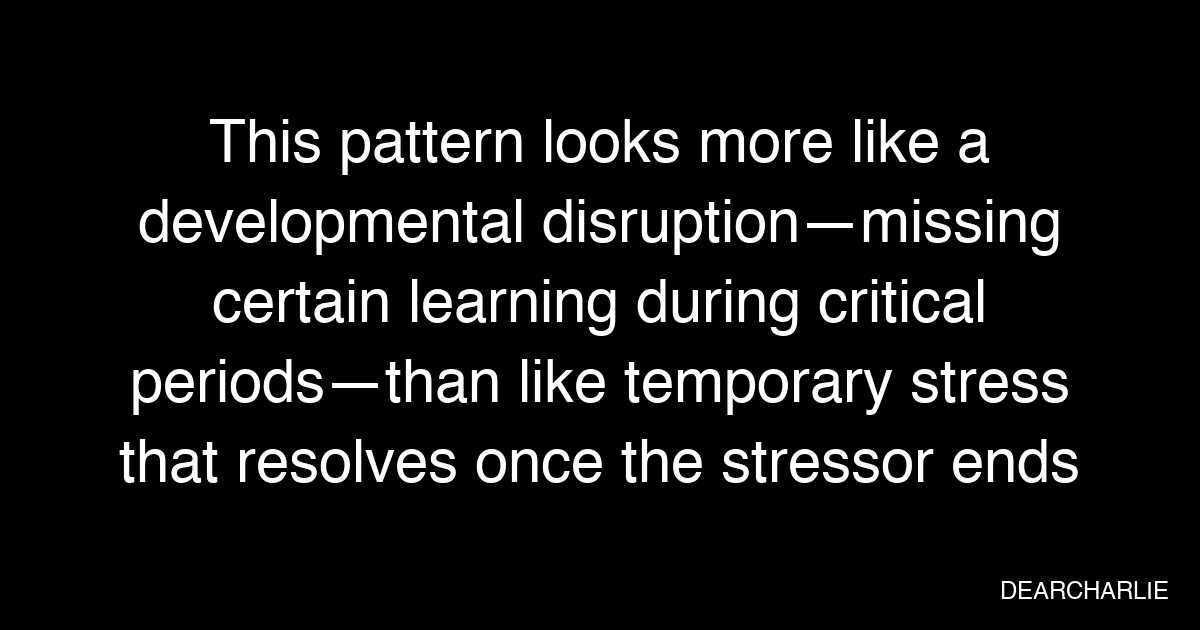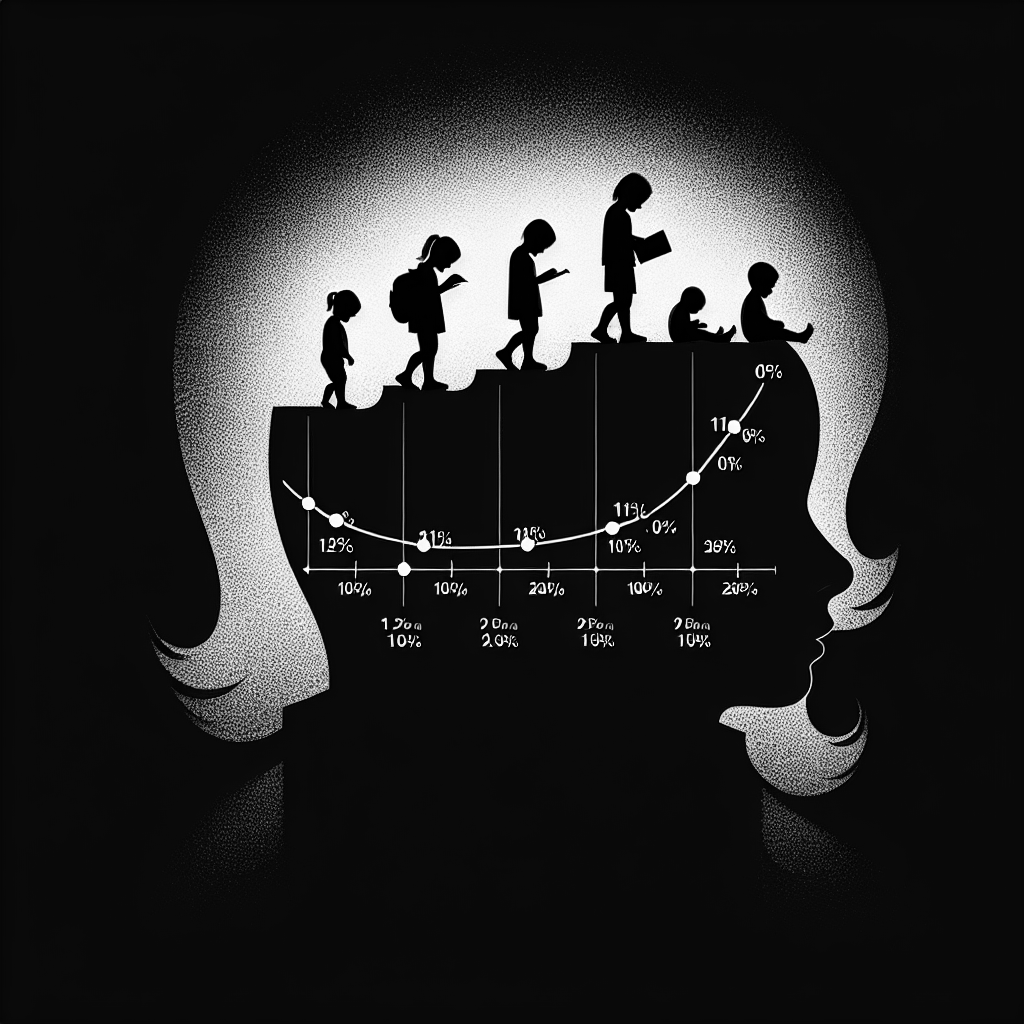---

title: Parental Deployment Reduces Children's Test Scores By 0.11% Per Month—And The Effect Persists For Years
date: 2025-11-16T20:00:00
author: Charlie M.
category: SIGNAL
---

Rozlyn Engel, Luke Gallagher, and David Lyle published research in Economics of Education Review in 2010 that measured something most studies can't: the causal effect of parental absence on children's academic performance, isolated from everything else that correlates with parental absence. Military deployments to Iraq and Afghanistan created the natural experiment.
Families don't choose when a soldier deploys. The Army decides based on unit rotation schedules, operational needs, and force requirements. A sergeant stationed at Fort Hood with two kids in third and fifth grade doesn't control whether they deploy in September or March, for six months or twelve. The deployment happens independent of the family's characteristics, the children's academic trajectory, or the household's stability.
This quasi-random assignment solves the fundamental problem in research on family disruption. Children experiencing parental absence usually differ from children with both parents present in dozens of ways that affect academic outcomes. Divorce correlates with income instability. Incarceration correlates with pre-existing family dysfunction. Job-related travel correlates with higher parental education and income. Military deployment, by contrast, happens to families that are otherwise similar and would have produced similar outcomes absent the deployment.
Engel, Gallagher, and Lyle used Department of Defense Education Activity (DoDEA) school data covering 56,116 observations of children in grades 3-11 between 2002 and 2005. DoDEA operates schools on military bases and overseas installations. Students take the Terra Nova standardized test annually, producing normal curve equivalent scores ranging from 1 to 99. The researchers matched these test scores to military personnel records showing deployment timing, duration, and location for each child's active-duty parent.
Children with a parent deployed during the school year scored 0.42% lower on average compared to children without a deployed parent. That's less than half a percentage point. On the Terra Nova scale with a mean around 50, this translates to roughly 0.2 points. Not 0.2 standard deviations. Two-tenths of a single raw point.

The effect scaled linearly with deployment duration. Each additional month of deployment reduced test scores by 0.11%. A six-month deployment produced a 0.66% decline. A twelve-month deployment produced a 1.32% decline. The relationship held across the full range of deployment lengths observed in the data.
The effect size looks trivial until you consider what it represents. These are children in military families with substantial institutional support. DoDEA schools maintain consistent quality regardless of location. Military health care covers psychological counseling. Family Readiness Groups provide community support during deployments. Housing allowances prevent financial instability. The military specifically designed these systems to buffer children from deployment effects.
Despite all that infrastructure, a measurable academic decline appeared. And it persisted. Children tested one year after a parent's deployment ended still showed lower scores than peers whose parents hadn't deployed. The effect diminished over time but remained detectable multiple years post-deployment.
The timing effects revealed something unexpected. Deployments that occurred during the testing month produced larger score declines than deployments earlier in the school year. A parent deployed in March when the Terra Nova was administered had a bigger impact than a parent deployed in October and returned by testing. This suggests acute stress effects separate from the cumulative effects of sustained parental absence.
The sample consisted of enlisted Army personnel—not officers. Enlisted families have lower average incomes and education levels than officer families. The effects might differ for officer children, though the researchers couldn't test this with the available data. The quasi-random assignment of deployments holds across ranks, but baseline academic performance and family resources differ.

The study controlled for child gender, race, grade level, and parent characteristics including education, occupational specialty, rank, and AFQT score. The deployment effect persisted after accounting for all observable differences between deployed and non-deployed families. The remaining 0.42% represents what deployment itself causes, separate from selection effects.
Math scores showed the clearest effects. Reading and language scores showed smaller declines. This pattern appears in other research on household stress—mathematical reasoning seems more sensitive to disruption than language skills, possibly because math ability develops more continuously through formal instruction while language skills benefit more from informal exposure.
The magnitude question matters for interpretation. A 0.42% decline in test scores doesn't sound like an educational crisis. But across 56,116 observations, the effect reached statistical significance at conventional levels. The large sample size provided enough statistical power to detect even small effects reliably. And small individual effects compound at population scale.
During the 2002-2005 period studied, roughly 1.5 million children had a parent serving in the active-duty military. If deployments reduced scores by 0.42% on average, that's equivalent to moving about 6,300 children from the 50th percentile to the 49th percentile. Not catastrophic, but not nothing.
The linear relationship between deployment duration and academic decline suggests no threshold effects. The first month hurts as much per month as the sixth month or the twelfth. If a critical period existed where children adapted and subsequent months mattered less, the relationship would flatten. If cumulative stress compounded, the relationship would accelerate. Instead it remained linear across the observed range.

This has policy implications that the researchers didn't directly address but the data suggests. If the effect scales linearly with duration, shorter deployments produce less academic harm than longer deployments, even if the total time deployed over multiple cycles is the same. Three four-month deployments should produce less cumulative harm than one twelve-month deployment, assuming the linear relationship holds and no additional harm comes from repeated transitions.
The study couldn't measure mechanisms directly. Deployments affect families through multiple channels—emotional stress, increased household workload on the remaining parent, financial uncertainty despite military pay continuing, and disruption of routines. The 0.42% effect aggregates across all these channels. Deployments that involved combat exposure might produce different effects than deployments to non-combat zones, but the data didn't distinguish.
One question the study raised but couldn't answer: does the 0.11% per month decline continue beyond twelve months, or does it eventually flatten? The deployments in the 2002-2005 data ranged mostly from six to twelve months. Some extended to fifteen months. Whether a twenty-four month deployment would produce a 2.64% decline or something smaller remains unclear.
The persistence of effects multiple years post-deployment suggests the mechanism isn't purely acute stress. If deployment only affected children through immediate household disruption, scores should rebound quickly after the deployed parent returns. Instead they recovered partially but not completely. This pattern looks more like a developmental disruption—missing certain learning during critical periods—than like temporary stress that resolves once the stressor ends.
The research design couldn't separate parental absence from deployment-specific stress. A parent deployed to a combat zone differs from a parent on a business trip, even if both absences last six months. The data shows deployment effects but can't isolate how much comes from absence itself versus combat-related anxiety, media coverage, casualty notifications affecting other families in the community, or other deployment-specific factors.

DoDEA schools represent an unusual educational environment. They serve a mobile population with frequent transitions. Teachers expect students to arrive and leave mid-year. The schools use standardized curriculum across locations to ease transitions. This might make DoDEA students more resilient to disruption than civilian students, or it might make them more vulnerable because they're already managing multiple transitions. The effects measured in DoDEA schools might not generalize to military children attending civilian schools near bases.
The 0.42% effect averaged across all subjects, all grades, all deployment lengths, and all family types. Individual experiences varied dramatically around that mean. Some children showed no academic effect from deployment. Others showed much larger declines. The aggregate effect of 0.42% emerged from heterogeneous responses to deployment across thousands of families.
The study appeared in February 2010 in Economics of Education Review. The data covered the early years of the Iraq and Afghanistan wars when deployment lengths and frequency differed from later periods. By 2007-2008, the Army had shifted to fifteen-month deployments. Whether those longer deployments produced proportionally larger effects or whether some adaptation occurred remains unmeasured.
Engel, Gallagher, and Lyle demonstrated that even in a system designed to buffer children from parental deployment effects, measurable academic harm occurs. The harm is small—0.42% on average, 0.11% per month of deployment—but statistically reliable and persistent across years. The harm scales linearly with deployment duration, appears largest during the testing month, and persists for multiple years after deployment ends.
Twelve months of deployment reduces test scores by 1.32%. That decline persists for years. The support infrastructure catches most of the fall, but not all of it.